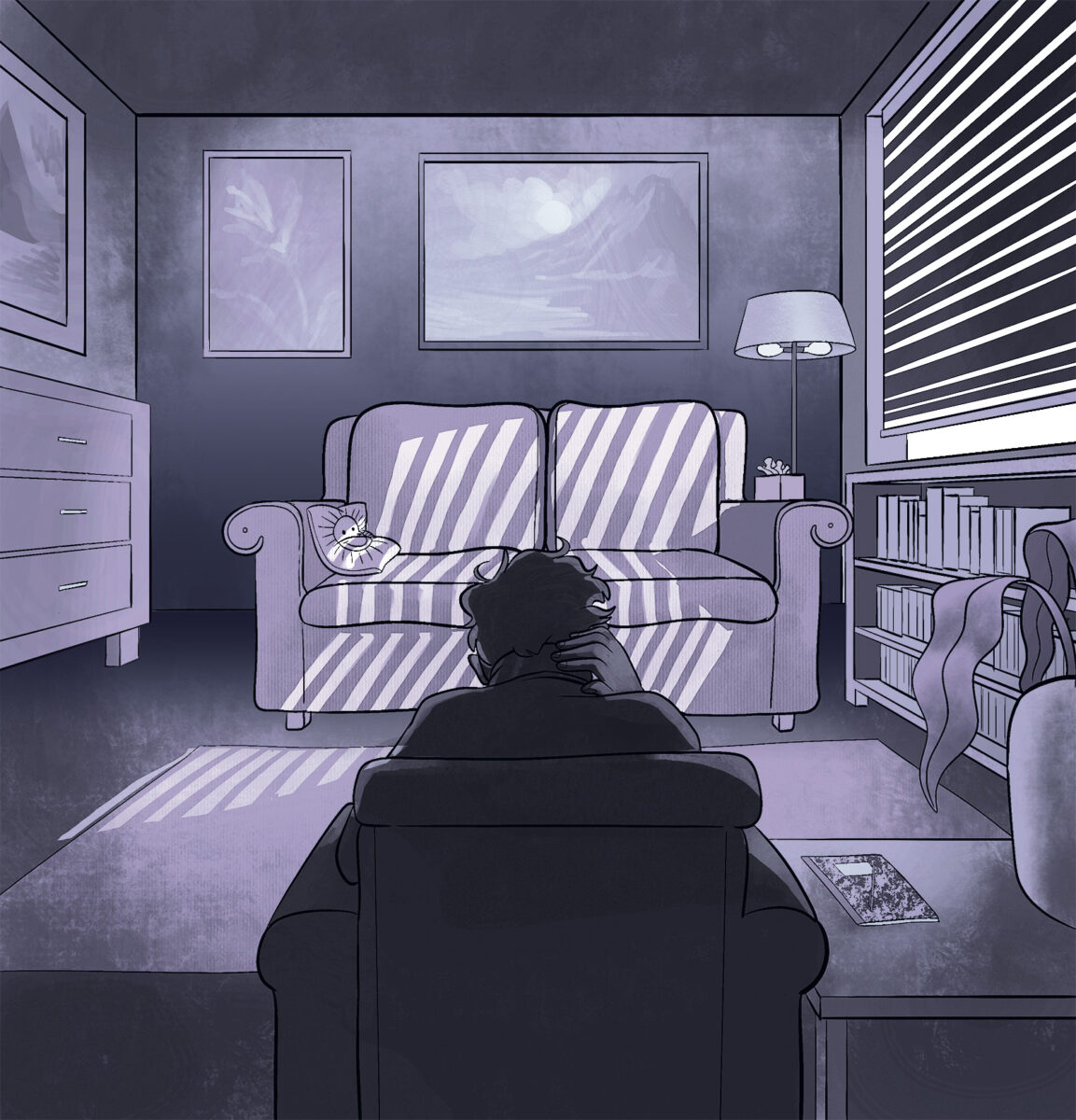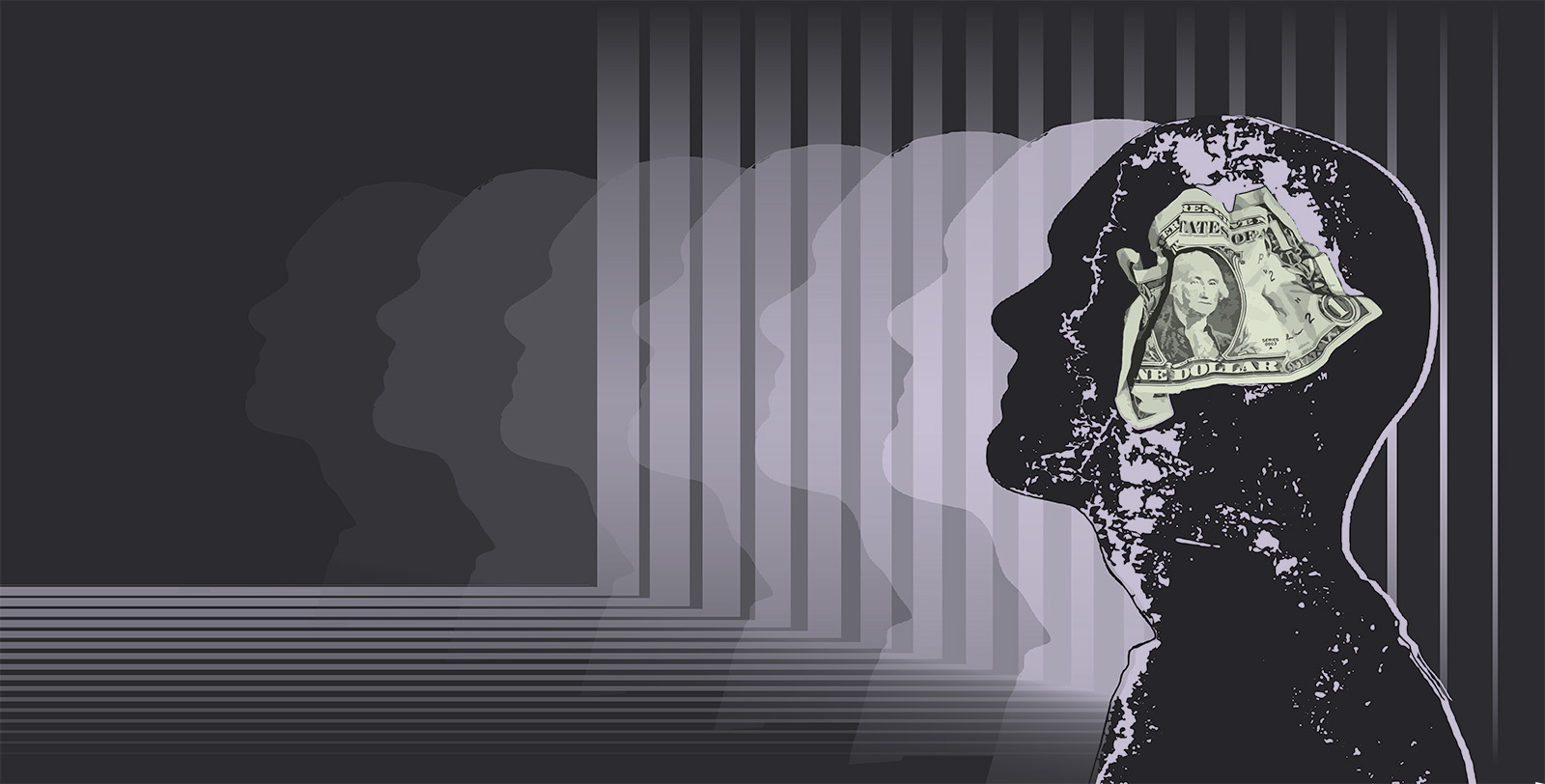A year-and-a-half-ago when the five-bed crisis stabilization facility at the Western Montana Mental Health Center (WMMHC) closed in Kalispell due to a staffing shortage, officials with the organization were hopeful they could fill the positions and reopen quickly. Known as the Glacier House, the facility offered some of the only in-patient services in the Flathead Valley for individuals experiencing a mental health crisis, including those describing suicidal ideations and requiring intensive behavioral health interventions.
But last month, CEO Levi Anderson announced that WMMHC, one of the largest mental health providers in Montana, was suspending its efforts to reopen Glacier House. The state-funded service provider would also close three additional facilities in Bozeman, Butte and Polson, eliminating 31 voluntary and involuntary crisis beds that would no longer be available for clients.
“It’s unfortunate and I wish we were in a different position,” Anderson said. “In the communities we serve, this is the only patient crisis stabilization program offered by the state and it’s an important option for stabilizing care.”
While staffing shortages had presented a significant obstacle to keeping operations running, it was not the sole reason that the additional three clinics closed – WMMHC did not have the funds to keep the facilities running. With program costs increasing 30% in recent years and a stagnant Medicaid reimbursement rate, providers were forced to shut doors as costs spiraled out of control.
“The Medicaid reimbursement rate is so low, and it has not been adequately adjusted in over a decade,” Anderson said. “It’s a rate that was essentially set in an entirely different time. Costs have increased exponentially over the years.”
After the last legislative session in 2021, the Montana Department of Public Health and Human Services (DPHHS) commissioned a Medicaid reimbursement provider rate study through Guidehouse, a private consulting company, and published the report last year. The results concluded that the reimbursement rate was far below the cost of care.
As of the current fiscal year, the Medicaid reimbursement rate for adult behavioral health only paid providers for 85% of costs. The rate at children’s mental health covers 88%, developmental services at 80%, senior and long-term care at 72% and nursing facilities at 75%, according to DPHHS.
The study analyzed financial data and calculated a “benchmark rate,” which is the cost of care. According to the study, the benchmark rate for crisis stabilization programs – the types of programs that were recently shut down at WMMHC – costs $400 per day per individual, but the current rate only reimburses providers for $363. The benchmark cost of behavioral health group care is $185, but the reimbursement rate only covers $171.
According to the analysis, an implementation of the benchmark rates would result in a roughly 22% funding increase with additional expenditures of more than $82 million.
“Over the last two years, providers have been working to get the rate increased to at least cover the cost,” said Mary Windecker, the executive director of the Behavioral Health Alliance of Montana. “What they found is that we are anywhere between 15% and 30% under for delivering care.”
Windecker said clinics have been struggling for years, but the pandemic drove costs up dramatically. Additionally, the spike in the cost of living and lack of childcare forced many employees to leave the mental health profession.
“Our employees were unable to stay based on their salaries, which are determined by Medicaid,” Windecker said. “They left the field in droves – we are seeing 30 percent plus in vacancy rates because of the loss of staffing.”
In recent years, 125 beds in group homes have closed in addition to the 31 crisis stabilization facility beds across the state. Many rural agencies were also forced to shut down due to the workforce shortage.
“It’s been an ongoing battle,” Windecker said. “We can’t increase the rates because 90 to 95 percent of funding for these clinics comes from Medicaid that are set below the costs of delivering care. We can’t raise the rates, so we reduce the services.”
On Feb. 15, Sunburst Mental Health closed its doors in south Kalispell after years of underfunding forced the clinic to shut down. Like WMMHC, officials with the nonprofit couldn’t offer reasonable salaries due to the low Medicaid reimbursement rate and they struggled to attract qualified staff.
Earlier this year, Sunburst Board President Mark Anderlik said there was an allegation of Medicaid fraud at Sunburst against a former employee, and the clinic shut down shortly after.
“There has been a very serious allegation of Medicaid fraud,” Anderlik said. “However, that wasn’t the reason we closed our doors. That was the straw that broke the camel’s back, but it’s been years and years of underfunding and we were just unable to find people who were willing to not earn as much money as they ought to be earning providing services for low-income and working-class people in the Kalispell area. That is what really killed us.”
Emilee Cantrell of the Montana Department of Justice confirmed that the agency has launched two separate Medicaid fraud investigations involving mental health providers in Kalispell. The department opened the Sunburst investigation on March 6 while a separate investigation of Oxytocin Clinic began on Feb. 14.
Since Sunburst closed last month, Greater Valley Health in Kalispell has begun providing care to a portion of the 200 patients who lost it, but CEO Mary Sterhan says they don’t have enough resources to help people who need things like drop-in day treatment or case management.
“We can see them and take care of their medical needs and their psychiatric needs, but we don’t have the wrap-around services,” Sterhan said. “That’s what that population really needs, but those are the services that the state doesn’t come close to covering.”
Greater Valley Health has a unique system in place to fill the gaps that state-funded facilities can’t cover. The clinic receives some federal funding from the Health Resources and Services Administration (HRSA), and they also receive a preferred Medicaid reimbursement rate through a prospective payment system (PPS) – which covers the cost.
“The whole purpose of the preferred rate is intended not only to take care of Medicaid, but it’s also for people who fall through the cracks,” Sterhan said. “We are set up as the safety net.”

Mental healthcare providers across Montana trace the financial challenges back to the 2017 special session of the state legislature when more than $50 million was cut from the DPHHS budget.
Officials chose to cut most of that funding from behavioral health, and services ranging from the Montana State Hospital to crisis stabilization lost funding. Some clinics in rural areas like Beaverhead County lost all their funding, Windecker said.
“That was the beginning of the end for the Montana State Hospital,” Windecker said.
Last year, the Center for Medicare and Medicaid Services (CMS) decertified the state hospital following investigations into patient deaths and assaults.
In addition to high operating costs and chronic staffing shortages, mental health professionals say the demand for services has also increased in recent years. While a growing population in Montana has contributed to the rise, mental health professionals say the loss of the Case Management for Adults and Children program led to a spike in demand for services.
Before the budget cuts, case managers were assigned to vulnerable clients who needed individualized help with things like medical care, food and housing, and filling out paperwork for Medicaid and government assistance.
“Case managers helped folks who had difficulty with day-to-day focusing and problem solving,” Sterhan said. “The biggest thing we lost was case management in 2017 – that was one of the services that got eliminated.”
According to the Montana Behavioral Health Alliance, counties saw significantly higher involuntary commitment rates at facilities like the Montana State Hospital.
In Flathead County, Sheriff Brian Heino noticed a rise in mental health-related calls following state budget cuts. When resources began to dwindle, some of the most vulnerable people were left without care and fell through the cracks.
“That 24-hour response became law enforcement,” Heino said.
In recent years, the sheriff’s office has introduced more mental health training to its law enforcement officers while the county has transitioned to a co-responder model so they can adequately respond to calls involving a mental health crisis.
“The bad news is, certain individuals that go into a crisis commit crimes and they become a danger to the public,” Heino said. “We still have the responsibility to hold people accountable and some of them end up at our facilities on criminal charges.”
The Flathead County Detention Center has few single-cell units to house such inmates, however, and they often are transferred to the Montana State Hospital in Warm Springs. But Heino said they only stay there for a week or two before they are released.
“We see them back in a crisis again,” Heino said. “That’s the struggle – we have crisis response systems but don’t have anything in between. Those individuals need more.”

Since Guidehouse’s provider rate study results were released last year, lawmakers have been working to pass legislation that will increase the Medicaid reimbursement rate.
Introduced by Rep. Llew Jones, R-Conrad, House Bill 2 is intended to appropriate funding for the biennium through June of 2025 and is currently moving through the first house in the state legislature. The bill would increase the rates but would still fall short of 100 percent of the operating costs.
“House Bill 2 will raise everything from the governor’s budget,” Windecker said. “But it’s still $25 million below the overall benchmark.”
According to the DPHHS proposed reimbursement rate change for the next two years, the Medicaid provider rate would increase by 10% in the first fiscal year and would increase slightly less at 6% in the second fiscal year for adult behavioral health services. Children’s mental health will see an 8% increase in the first year with a 5% increase in the second year.
“The Department of Public Health and Human Services is committed to overhauling Montana’s behavioral health system, which has been beset by more than a decade of neglect,” DPHHS Communications Director Jon Ebelt wrote in an email to the Beacon.
“The governor’s legislative budget includes a historic infusion of funds for Montana’s Medicaid system,” he added.
While HB 2 would raise the Medicaid reimbursement rate significantly, mental health professionals want to see the rate raised to the full benchmark rate of 100% funding.
Rep. Mary Caferro, D-Helena, has introduced HB 649, which would fund the benchmark rate and would also provide funding for inflationary increases.
But mental health professionals are not optimistic the bill will pass in the Republican-controlled legislature.
“What we’re dealing with right now in the legislature, is how much is this actually going to get funded?” said Anderson, the CEO of WMMHC.
Additionally, state officials are also working to add more mental health programs to DPHHS. Montana Gov. Greg Gianforte proposed the Healing and Ending Addiction through Recovery and Treatment (HEART) Fund when he took office, which the legislature passed in 2021.
In February, the governor’s office announced that DPHHS will invest $2.1 million in universal mental health screening.
As bills move through the legislature and lawmakers decide how much the state will fund behavioral health and other social services, providers are trying to keep their heads above water to provide care for their patients.
Healthcare organizations like Logan Health, WMMHC, Many Rivers Whole Health and Greater Valley continue to meet in the Flathead monthly to combine forces and find solutions with limited funding. After Sunburst closed, the group formulated a plan to connect some of those patients to care.
But providers are concerned that clients with higher needs might not be easily connected to resources. Sterhan, of Greater Valley Health, is concerned that folks who are struggling to cope daily might fall through the cracks, and they might not get help until they experience a crisis.
“It can’t be a one-size-fits-all solution,” Sterhan said.
